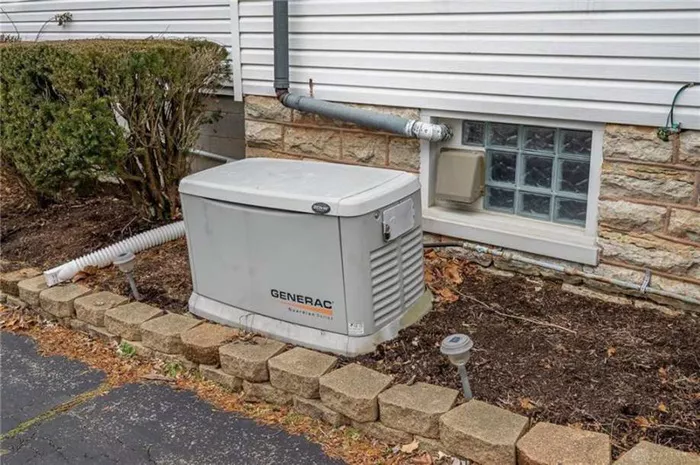Choosing the right generator for your home is crucial to ensure uninterrupted power during outages. The size of the generator you need depends on your home’s electrical demands. This guide will help you determine how many kilowatts (kW) your generator should have to run your home efficiently.
Understanding Generator Sizing
Before selecting a generator, you must calculate your home’s total power requirements. Generators are rated in kilowatts (kW), and the right size depends on:
Starting Watts (Surge Power): The extra power needed when appliances like refrigerators or air conditioners start up.
Running Watts (Continuous Power): The constant power required to keep appliances running.
Undersizing a generator can cause overload, while oversizing wastes fuel and increases costs.
Calculating Your Home’s Power Needs
List Essential Appliances
Identify which appliances you need during a power outage. Common essentials include:
- Refrigerator (700-1,200 starting watts, 150-800 running watts)
- Air Conditioner (2,000-5,000 starting watts, 1,500-3,500 running watts)
- Sump Pump (1,300-2,200 starting watts, 800-1,500 running watts)
- Lights (60-600 watts, depending on type and number)
- Microwave (1,000-1,500 watts)
- Well Pump (1,000-2,000 starting watts, 500-1,500 running watts)
Add Up Running & Starting Watts
Calculate the total running watts of all appliances you’ll use simultaneously. Then, identify the appliance with the highest starting watts and add that to your total.
Example Calculation
Refrigerator: 800 running watts + 1,200 starting watts
Lights: 300 running watts
Sump Pump: 1,500 running watts + 2,200 starting watts
Microwave: 1,200 running watts
Total Running Watts: 800 + 300 + 1,500 + 1,200 = 3,800 watts (3.8 kW)
Highest Starting Watts: 2,200 (from sump pump)
Total Needed: 3,800 + 2,200 = 6,000 watts (6 kW)
In this case, a 6-7 kW generator would be sufficient.
Generator Size Recommendations
Small Homes (1-2 Bedrooms, Minimal Appliances)
Recommended Size: 5-8 kW
Covers: Refrigerator, lights, fans, small appliances
Medium Homes (3-4 Bedrooms, Central AC)
Recommended Size: 10-15 kW
Covers: Refrigerator, AC, lights, sump pump, microwave
Large Homes (4+ Bedrooms, Multiple AC Units)
Recommended Size: 18-25 kW (or whole-house standby generator)
Covers: Multiple large appliances, HVAC systems, well pumps
Types of Generators
Portable Generators (3-10 kW)
Best for: Temporary power, small to medium homes
Pros: Affordable, easy to move
Cons: Manual start, limited power output
Inverter Generators (1-7 kW)
Best for: Sensitive electronics (computers, TVs)
Pros: Quiet, fuel-efficient
Cons: Lower power output
Standby Generators (10-50 kW)
Best for: Whole-house backup power
Pros: Automatic operation, high power capacity
Cons: Expensive, requires professional installation
Additional Considerations
Fuel Type
Gasoline: Easily available but less efficient for long outages.
Propane: Cleaner burning, longer shelf life.
Diesel: High efficiency, good for large generators.
Transfer Switch
A transfer switch safely connects your generator to your home’s electrical system. It prevents backfeeding, which can be dangerous to utility workers.
Maintenance
Regular maintenance (oil changes, filter replacements) ensures your generator runs smoothly when needed.
Conclusion
Choosing the right generator size depends on your home’s power needs. A 5-8 kW generator works for small homes, while 10-25 kW is better for larger homes with high-power appliances. Always calculate your running and starting watts to avoid overloading your generator. If you’re unsure, consult an electrician to assess your home’s requirements and recommend the best generator size for reliable backup power. By understanding your power needs and selecting the right generator, you can keep your home running smoothly during any outage.

